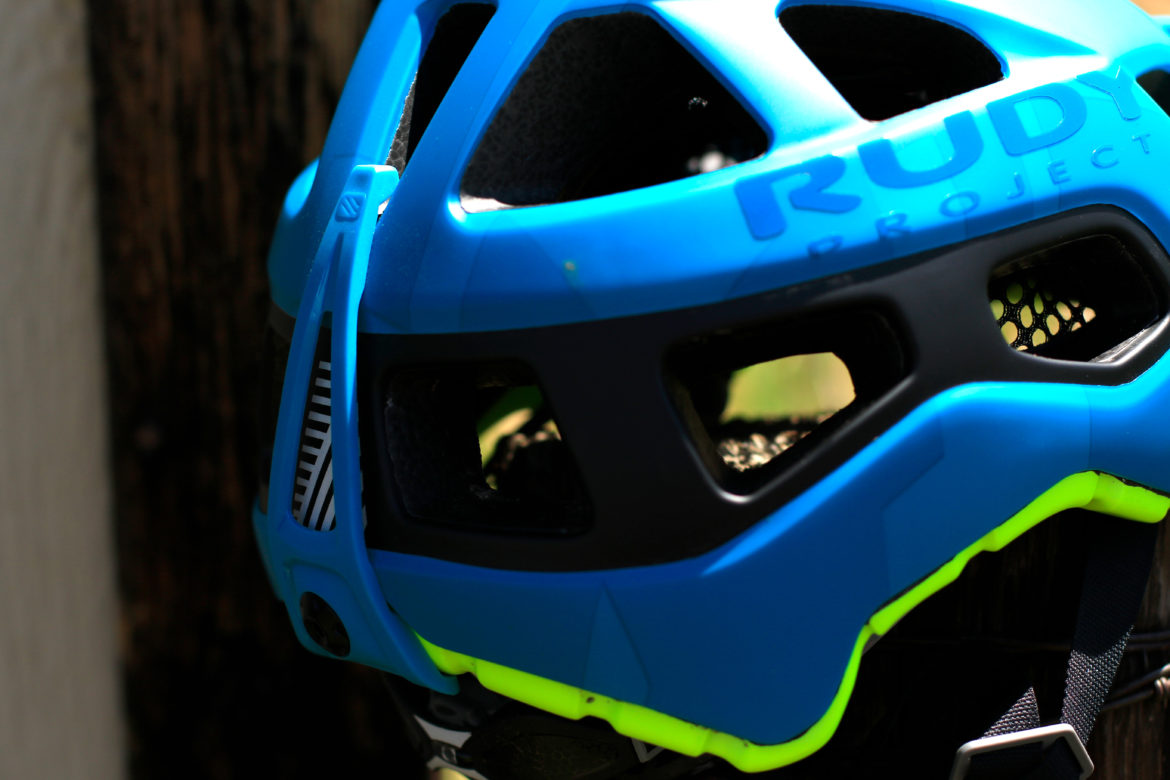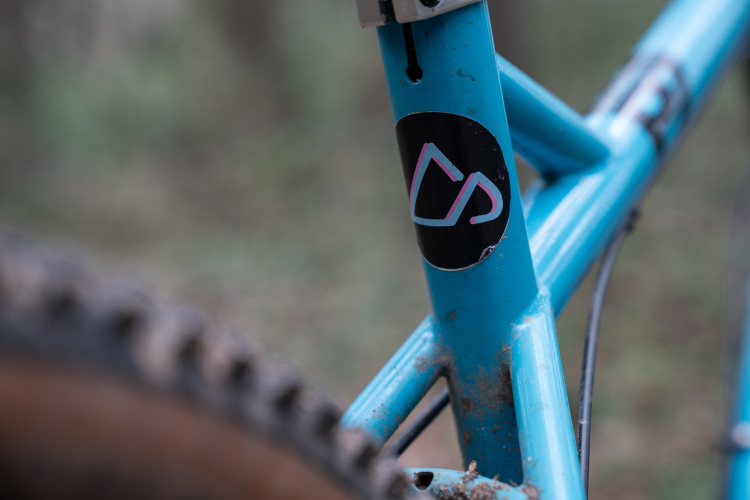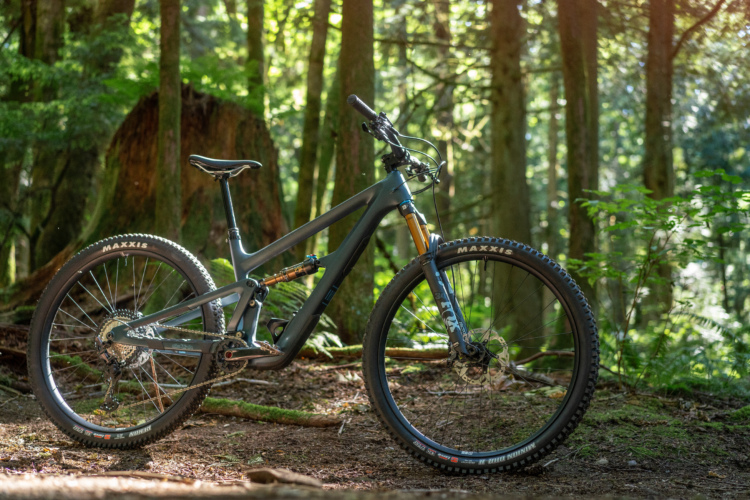
It’s safe to say that Rudy Project has been a very road cycling forward brand. The Protera — now known as the Protera+ — is more of an all-mountain offering from Rudy Project, while their other MTB helmet, the Airstorm is a distinctly aero cross-country helmet.
What makes the Protera+ an all-mountain helmet? Well, part of it is the look. It is more rounded, and wraps further around the bottom of a rider’s melon. The Protera+ also now has a goggle retainer, so riders can go full-enduro if they choose.
Specs and details
- CPSC 12.03 Safety Certification
- Removable, adjustable visor
- 18 vents
- Bug-stop netting
- Interchangeable pads
- Goggle strap retainer
- MSRP: $200, available at Amazon
Helmet performance

I received the Protera+ in June and have logged several rides in the helmet. For being a company that is focused on a variety of sports, rather than exclusively mountain biking, the Protera+ is a good looking helmet. I like the coverage, aesthetics, and vent placement.
The fit is likely my favorite thing about the Protera+. The retention system wraps around the bottom of your head, with the straps extending from below and behind your ears. Not only does this mean comfort, the helmet fits the way it should, rather than depending on gravity to stay on top of the head. The Protera+ feels secure, and that’s important. It’s also nice that Rudy Project makes the straps replaceable, so that if they deteriorate from sweat, buyers don’t have to toss out the helmet.

The RSR 9 adjustable retention system feels smoother and easier to use than Boa dial retention systems I’ve had on other helmets and it doesn’t get sticky. There are also a lot of large vents that cover the Protera+, which helps evaporate sweat quickly on hot, summer rides. The integrated bug net doesn’t take away ventilation, but I don’t really think it helps keep all bugs out all that well since the holes are about a quarter-inch wide.
When Jeff tested the first version of the Protera last year, he had an issue with a piece of plastic on the retention system. It works with the dial to tighten or loosen the fit. The same piece on the Protera+ doesn’t seem to be any tougher. With some light twisting, mine easily snapped off, rendering the retention system moot.

The added goggle retainer works well to keep straps where they are supposed to be, but I feel like I have to give myself a little gaper-gap before adding goggles on with the helmet. In other words, I needed more brow space to fit goggles on comfortably with the Protera+. In all fairness though, I don’t think a lot of half-shells work that well with goggles.
Although the Protera+ offers some great features, like good venting and airflow, comfort and a good look, I believe that the price is too much for the helmet, considering that it does not include any sort of rotational impact force reduction technology, which arguably is the most important piece of helmet technology in this day of concussion and head trauma awareness. Nearly every mountain bike helmet manufacturer out there is either licensing MIPS or a similar technology, or developing their own tech to aid in reducing rotational head trauma.

Rudy Project says that the in-molded EPS foam that the Protera+ uses will disperse energy, but it appears to only be linear impact energy as there’s no way for rotational energy to be reduced within the helmet.
Multiple brands are now releasing MIPS-equipped helmets for under $150 and Leatt just debuted their new DBX 1.0 helmet for $70 which uses their own proprietary 360 Turbine technology.
Final word

Although the Protera+ is comfortable and looks great, I still feel that the $200 price is too high for not offering any sort of rotational force reduction. In the mountain bike helmet industry, it is likely the biggest concern and for good reason.
⭐️ Find the Rudy Project Protera+ at Amazon
Check out our mountain bike helmet buyers guide and our picks for the best mountain bike helmets.










0 Comments